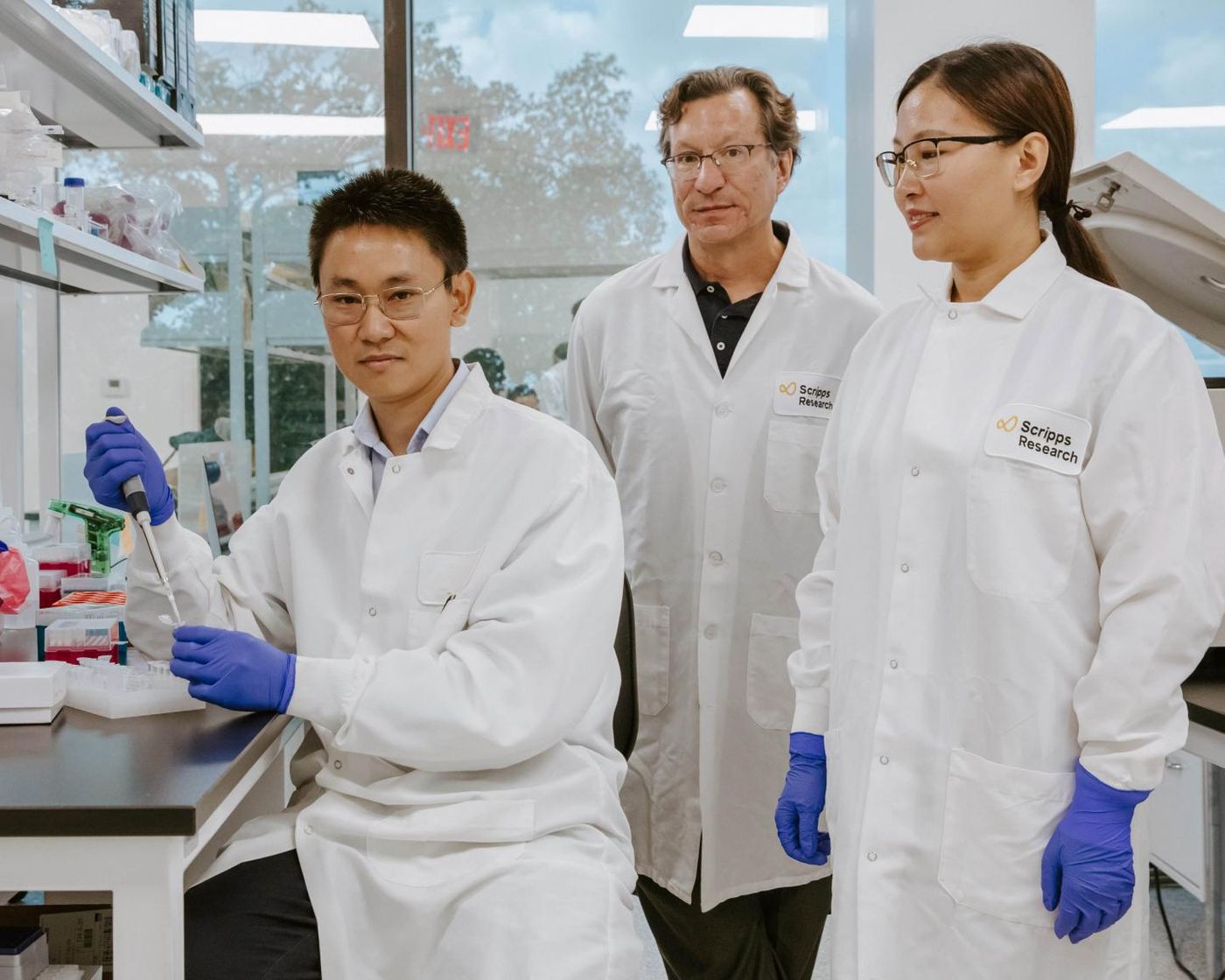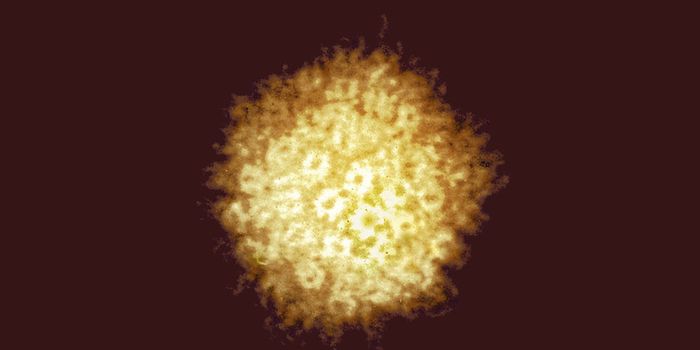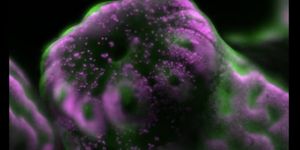A Molecular Switch for Modulating Gene Therapy Doses
Genetic errors cause many different kinds of diseases, and gene therapy has aimed to relieve those symptoms by addressing the root cause; if the genetic error can be fixed, the symptoms of the illness will stop. But a major drawback to gene therapy is that once it's given to a patient, its effects can't be dialed down or controlled. Scientists have now created a kind of switch that can be added to gene therapies, so that doctors can have some control over how they are dosed. The work has been reported in Nature Biotechnology.
"I think that our approach offers the only practical way at present to regulate the dose of a gene therapy in an animal or a human," said the research leader, Michael Farzan, Ph.D., of Scripps Research in Jupiter.
The researchers incorporated a molecule called a morpholino that's already been approved by the Food and Drug Administration (for other uses) into gene therapy. They tested it by suppressing a gene for a hormone called erythropoietin (EPO), which is an anemia treatment. The scientists were able to control the expression of the gene over a wide range by using the morpholino.
When people are born with genetic mutations that cause disease, gene therapy could potentially cure the disease if it's successfully delivered to enough of the right cells, but it might have to be steadily administered since injections and drugs only stick around in the body for so long.
In this work, the researchers used a mouse model of anemia that's linked to kidney disease. They injected a modified EPO gene into the muscle tissue of the mice, and the EPO production was effectively reduced. When the morpholino was also applied, EPO levels went up dramatically, and remained there for a week.
"We got what I would have said before was an impossible range of in vivo regulation from this system," Farzan says.
In their system, the researchers used a kind of biological switch from a group of molecules called hammerhead ribozymes. These ribozymes cleave themselves in half when they are transcribed from DNA into an RNA molecule. The researchers used this switch as part of a therapeutic transgene; when it's copied into RNA, it will get cut in half before it can be translated into a protein. The morpholino stops the cutting of the RNA by blocking the ribozyme action, theoretically allowing more of the therapeutic RNA to be copied into protein. Thus, the ribozyme is a kind of off switch, while the morpholino turns the activity of the transgene on again.
The researchers want to also turn the ribozyme switch into a failsafe mechanism for gene therapies, allowing for errant transgenes to be permanently disabled.
Sources: AAAS/Eurekalert! via Scripps Research Institute, Nature Biotechnology









